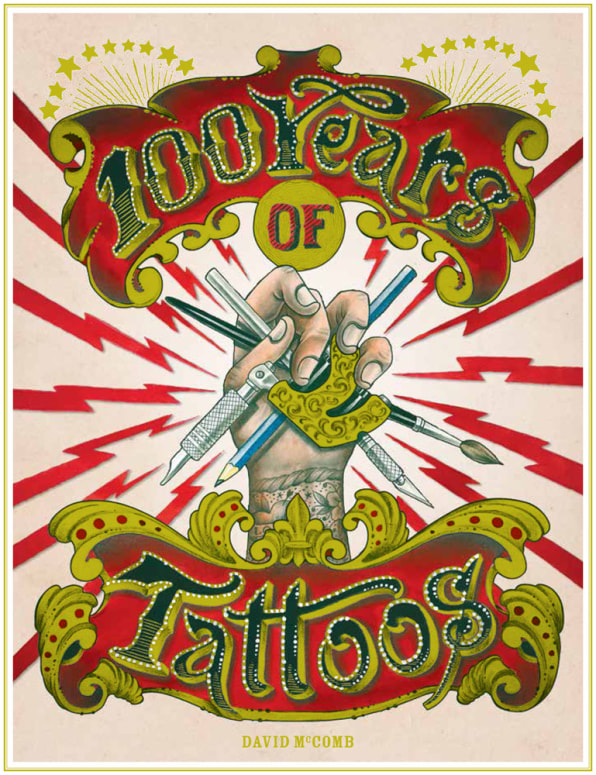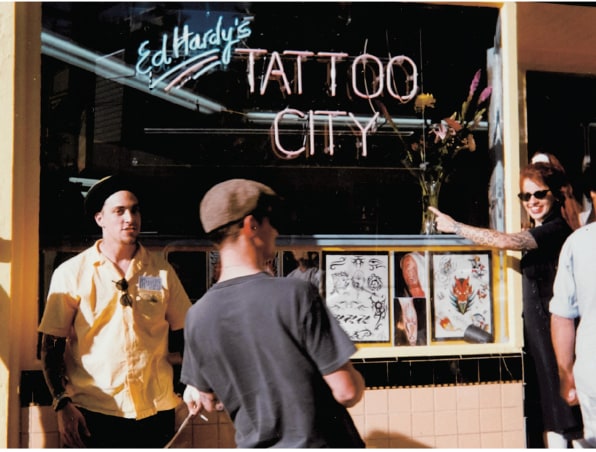superman tattoo designs on wrist
Much to the chagrin of some longtime tattoo aficionados, the ancient art of ink is no longer as edgy and counterculture as it once was. Celebrities like David Beckham and Angelina Jolie flaunt tattoos, inked supermodels endorse high-end fashion, and reality shows like Miami Ink attract millions of viewers.

Compare that to the early 1900s, when tattoos were mainly the province of sailors and military men, and it's easy to assume that perceptions toward tattoos over the past century have been on a steady rise. But in his new book, 100 Years of Tattoos, David McComb charts out a "roller coaster" history for tattoos in the West–one that shows attitudes toward ink fluctuating wildly over the past century.
In his introduction, McComb writes:
"From being worn as a mark of patriotism during both World Wars to being an expression of left-field views during the counterculture revolution of the 1960s–via being denounced as a symbol of deviance and criminality in the 1940s and '50s–tattoos have carried an array of meanings for different generations, and attitudes towards ink have wavered depending on politics, world affairs and the vagaries of fashion."

In McComb's history, the two most important figures responsible for bringing tattoos into the mainstream are Norman "Sailor Jerry" Collins and Don Ed Hardy. In the 1960s, Collins shifted tattoo culture away from the confrontational ink worn by outlaw bikers and gangs with his influential tattoo technique, which involved subtle backgrounds and took inspiration from traditional Japanese body art.
In 1974, Hardy–a student of Collins's–opened Realistic Tattoo, America's first custom studio, in San Francisco and encouraged tattooists and customers to work together to create unique work, rather than merely copying pre-existing designs. In the 1970s, largely because of Hardy's influence, people began looking to tattoos as a means of self-expression. A new wave of tattoo artists–many of whom came from art school backgrounds–started developing their own innovative techniques, which were as varied as Jason Butcher's photorealistic horror-themed images to Jean Pancois Palumbo's conceptual designs that blend traditional tattoo images with graphic art.

These artists have blurred the line between fine art and tattoos, and body art is now exhibited in museums and galleries, and incorporated into fashion shows. "Although tattoos were once used to make a statement or register a protest, contemporary body art has become as disposable as last season's fashions," McComb writes, "and rapid improvements in laser technology allow people to erase their ink and start over again."
superman tattoo designs on wrist
Source: https://www.fastcompany.com/3047635/100-years-of-amazing-tattoo-designs
Posted by: dorseytecame.blogspot.com

0 Response to "superman tattoo designs on wrist"
Post a Comment